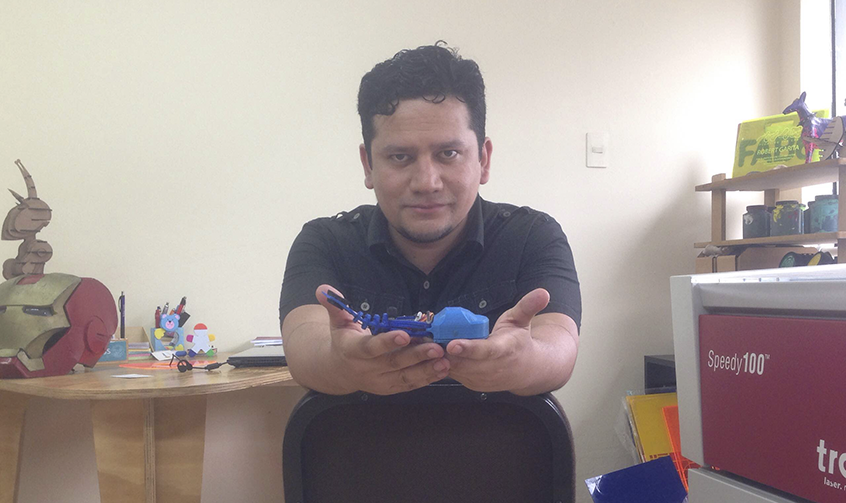Biotechnology & medicine
Luis Flores
Robotic fishe quipped with biosensors to act as an aquatic sentinel to detect contamination.

Latin America
Melanie Valencia
A single fungus is her weapon against two problems: deforestation and the emissions generated by decomposing organic waste

Europe
Steven Vercammen
His app could reduce the mortality rate of heart attacks by notifying nearby volunteers

Latin America
Maria Zuluaga Posada
Her robotic arm brace teaches, guides and corrects the hand movementsof people with motor disabilities

India
Nidhi Agarwal
MiraCradle - neonate cooler, world’s first affordable device to address neonatal deaths due to birth asphyxia
